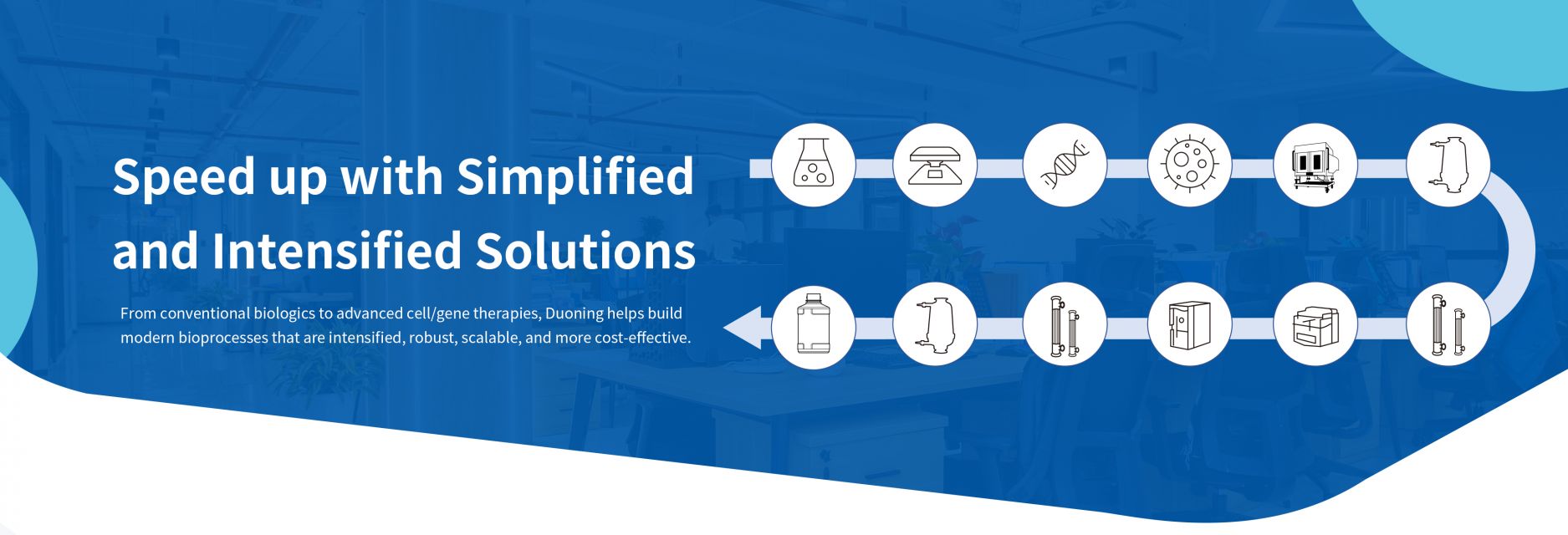
Adeno-associated virus (AAV) is the most commonly used vector in gene therapy, with a diameter of about 20 nm and no envelope. Its genome is about 4.8 kb in length. AAV does not encode DNA polymerase and relies on host cells or helper viruses to synthesize its own genome, so it cannot replicate autonomously. AAV is quite prevalent in humans and other primates, with 11 known serotypes. In addition, many artificial variants of AAV have been developed to improve the efficiency of AAV as vectors in clinical and research applications. For example, Glybera?, the world's first approved AAV-based product, uses AAV1 to deliver lipoprotein lipase (LPL) to treat patients with LPL deficiency. Luxturna? was approved in 2017 as an AAV2-based treatment for Leber's congenital amaukia, which causes progressive blindness, and Zolgensma? was approved in 2019 as an AAV9-based treatment for spinal muscular atrophy (SMA).
There are different platform strategies for the upstream production of AAV, including herpes simplex virus (HSV) infection, insect cell-baculovirus expression vector system, and stable production cell line, but the method based on transient transfection of HEK293 cell by plasmid DNA is currently the mainstream method for the production of clinical materials, which is more flexible and easy to use, with low up-front engineering effort, thus can help to quickly initiate the first-in-human studies. Typical process steps for the production of AAV based on transient transfection include: adherent or suspension culture based cell expansion, plasmid transfection, viral vector production, cell lysis, purification – including clarification, affinity capture chromatography, ion exchange polish chromatography, tangential flow filtration for concentration/diafiltration, final sterile filtration and fill/finish.

The choice of adherent vs. suspension culture should be comprehensively considered based on the technical capabilities of the platform, the stages, target indications and administration routes, and the expected demand for viral vectors. For large patient population , applications that require systemic administration or higher levels of viral vectors per dose, developing a production strategy based on suspension culture will be more conducive to ensuring the required scale-up capability, and it has been reported that AAV suspension culture production up to 2,000 L has been achieved. The purpose of upstream process development is to explore the optimal conditions for virus production, including improving transfection efficiency and ensuring its consistency under large-scale production conditions by adjusting transfection conditions, and intensifying virus productivity through strategies such as optimizing media formulations, maintain viral infectivity.
Although some AAV serotypes will partially secrete virus particles into the cell culture media during the culture process, in order to increase the yield of the virus, the downstream process of AAV starts with mechanical or chemical lysis of cells and DNA fragmentation under closed conditions, Subsequent clarification steps are designed to remove residual large amounts of plasmid DNA as well as host cell contaminants from cell lysis. Filter selection should consider the level of turbidity reduction, high product yield, and ease of scale-up. For the capture of AAV by affinity chromatography, there are currently specific affinity resin for various serotypes. Usually, a single-step affinity capture can achieve high purity. However, in order to ensure the specific level of impurity removal, ion exchange chromatography is generally used in combination as a polishing step. Especially for the challenge of separating empty and full capsids in AAV production, ion-exchange chromatography is currently the most commonly used method at production scale. Empty capsids are considered as in-process impurity by regulators and their percentage needs to be reduced as much as possible and the empty/full capsid ratio controlled to ensure consistency of gene therapy products. Tangential flow filtration aims to concentrate the product and replace it with a suitable buffer system. In view of the small particle size of AAV, MWCO 100kD membrane modules can be selected, while sterile filtration aims to reduce microbial load and meet the required sterility regulatory requirements.
Copyright ? Shanghai Duoning Biotechnology Co., Ltd. All Rights Reserved Sitemap | Technical Support: 
Message-